Nonsan Ganggyeong Salted Seafood Festival (논산강경젓갈축제)
11.9 Km 25876 2023-09-18
45, Geumbaek-ro, Nonsan-si, Chungcheongnam-do
+82-41-730- 2973
Nonsan Ganggyeong Salted Seafood Festival is held in the town where the largest salted seafood market in Korea is located. The salted seafood in the area is known for its long tradition and special process. During the festival period, visitors can buy salted seafood at special discounted prices.
Daejosa Temple (Buyeo) (대조사 (부여))
12.2 Km 20717 2020-01-08
112, Seongheung-ro 197beon-gil, Imcheon-myeon, Buyeo-gun, Chungcheongnam-do
+82-41-833-2510
Below Seongheungsanseong Fortress (built in 501 during the Baekje Kingdom) in Buyeo is an ancient temple called Daejosa (great bird temple). Inside the temple grounds stands a giant standing stone Buddha statue looking toward the east. The temple, which was founded during the 5th year of the Baekje Kingdom, has an interesting legend behind its origin.
According to the legend, an old monk fell asleep after praying under a large rock on the slopes of Seongheungsan Mountain. In his dream, a large bird glowing in gold flew in from the west and sat on the rock where Daejosa currently stands. While the bird continuoulsy flapped its wings, a ray of light shone on the rock and it was there that the statue of Avalokitasvara Bodhisattva appeared.
The old monk had the same dream at the same time for many days. He recounted his dream to the seongju (castle lord), who then reported it to King Seong of Baekje. The king interpreted the dream as a sign that it was the right time to move the capital of Baekje to Sabi (now Buyeo) and ordered the construction of a large temple at the location that appeared in the dream. The temple was so big that even at a hurried pace, it would still take 10 years to build. Workers had to work day and night, and every time the workers felt tired, birds would come singing to brighten up the atmosphere so that the workers can forget the fatigue and continue working. Hence, the temple was completed after only five years. Because of the golden bird, the temple was named Daejosa, literally meaning "temple of a great bird."
The rock on which Avalokitasvara Bodhisattva appeared in the dream was recreated as a stone statue of a Buddha. This standing stone Maitreya Bodhisattva statue is a fine work of sculpture which, along with the stone Bodhisattva of Gwanchoksa Temple (Treasure No. 218), is a representative heritage of the early Gorye period.
In front of Wontongbojeon Hall (a hall enshrining Avalokitasvara Bodhisattva) stands a pagoda. In the old days, the stone pagoda used to have only the cover stones but as the pagoda body stones were found, the structure was completely restored in 1975. This pagoda is assumed to have been built in the early days of the Goryeo Kingdom.
Ganggyeong Traditional Salted Fish Market (강경젓갈시장)
12.4 Km 12821 2021-07-19
30-3, Ongnyeobong-ro 27beon-gil, Nonsan-si, Chungcheongnam-do
+82-41-745-1985
The Ganggyeong Traditional Salted Fish Market is one of the largest markets of its kind in Korea. There is a diverse range of salted fish available and can be bought relatively cheap. Ganggyeong salted fish uses a traditional method that can only be found here. It preserves the nutrients and has a savory taste making it a great natural seasoning for kimchi and other dishes. In Ganggyeong, the salted fish is fermented in a low temperature warehouse that maintains the temperature between 10 and 15℃. The fermentation process takes approximately three months.
Ganggyeong Oknyeobong Park (강경 옥녀봉)
12.6 Km 31946 2020-03-21
Bukok-ri, Nonsan-si, Chungcheongnam-do
+82-41-746-8503
Oknyeobong Peak is one of the eight scenic views of Nonsan and offers a great overview of the Geumgang River as it flows through the Ganggyeong district. Continuing out into the distance, views of Nonsan and Iksan can be seen, bringing to mind a traditional painting of a mountain and river. The scenery is so beautiful that there is a myth of mountain gods coming down to play and bathe during the full moon.
The signal-fire tower at the peak was built to receieve signals from the tower on Gwangduwonsan Mountain in Iksan, and passes the message along to Noseong signal-fire tower. The park is also in the area of the nation's earliest Baptist church, making it famous for people on a pilgrimage to sacred places.
Buyeo Garimseong Fortress (부여 가림성)
12.7 Km 7147 2020-08-11
167, Seongheung-ro 97beon-gil, Buyeo-gun, Chungcheongnam-do
+82-41-830-2880
Garimseong Fortress is a stone fortress built on the lower reaches of the Geumgang River to protect Sabiseong Fortress, the capital of the Baekje dynasty. The fortress' parking lot is only 200 meters away from the southern entrance, allowing visitors to easily access and enjoy the view from this historical fortress. By ascending the stairway by the rocky cliff, a large tree comes into view. Known to be over 400 years old, this tree is called the "Love tree of Seongheungsan Mountain" and has even made an appearance in the drama "Seodongyo (200)." The fortress is also popular as a sunrise spot, serving as Buyeo-gun’s New Year's Eve festival venue.
Iksan National Museum (국립익산박물관)
12.7 Km 14685 2024-04-07
362, Mireuksaji-ro, Iksan-si, Jeonbuk-do
+82-63-830-0900
Iksan National Museum is located near Mireuksa Temple Site (Historic Site No. 150), one of the largest temples of the Baekje dynasty during the Three Kingdoms Period. A total of roughly 19,200 artifacts were unearthed during archaeological research in 1980-1996, and the museum was opened as Mireuksa Temple Site National Museum in 1997 to display these findings. The Stone Pagoda of Mireuksa Temple Site (National Treasure No. 11) was restored in 2009, and the site was recognized as a World Heritage by the UNESCO in 2015, afterwhich the museum name was changed to the current Iksan National Museum. The museum also offers various cultural events and programs, including on-site education, historical and cultural lectures, and summer culture school.
Mireuksa Temple Site [UNESCO World Heritage] (익산 미륵사지 [유네스코 세계문화유산])
12.8 Km 22104 2024-04-07
362, Mireuksaji-ro, Iksan-si, Jeonbuk-do
+82-63-859-3873
Mireuksa was the largest Buddhist temple of the ancient Baekje Kingdom (18 BC-AD 660). According to Samgukyusa (historical records published in 1281), King Mu (30th king of Baekje, in power AD 600-641) and his wife Queen Seonhwa were said to have seen a vision of Mireuksamjon (the three Sanskrit) emerging from a large pond. At the time of their revelation, the king and queen were on their way to visit a Buddhist monk in Sajasa Temple on Yonghwasan Mountain (now known as Mireuksan Mountain). In response to their vision, the king drained the nearby pond and established Mireuksa Temple. The temple is believed to have shown the most advanced architectural and cultural skills of Baekje, Silla, and Goguryeo (the three main kingdoms at that time). Records indicate that King Jinpyeong of Silla even sent his craftsmen over to assist with the temple construction.
The two main features of the Mireuksa Temple Site are the stone pagoda (Mireuksaji Seoktap) and the flagpole supports (Mireuksaji Dangganjiju). The 14.24-meter-high west stone pagoda (National Treasure No. 11) is the oldest and largest Korean stone pagoda in existence. The west pagoda currently has only six tiers, but is estimated to originally have had nine. The nine-story east stone pagoda (27.67 meters in x_height) was restored to its original stature in 1993 based on historical records. Other surviving landmarks include the flagpole supports (Treasure No. 236) to the south of the stone pagodas. The 395 centimeter-tall poles are estimated to have been created during the Unified Silla period (AD 676-935) and are set 90 meters apart from east to west.
Ganggyeong Bugok Methodist Church (구 강경성결교회 예배당)
12.9 Km 22066 2020-03-06
40-1, Gyebaek-ro 219beon-gil, Nonsan-si, Chungcheongnam-do
+82-41-746-5412
The early form of church architecture was mostly hanok (Korean traditional houses) style as it was the time when missionary activities were just settling. As most leaders of the congregation were Westerners, they felt uncomfortable in these Korean-style buildings and started building Western-style churches. As a result, most of the Korean-style churches either disappeared or underwent reconstruction.
However, Ganggyeong Bugok Methodist Church has kept its Korean-style building to this day, making it a very unique and valuable piece of architecture. This building is regarded as an important material for studying the technological transition from the traditional to the modern.
Dongboseong (동보성)
14.8 Km 4757 2024-04-07
437, Hana-ro, Iksan-si, Jeonbuk-do
Dongboseong is an authentic Chinese restaurant serving dishes prepared by a number of chefs from China. It has separate rooms and large banquet rooms for group dining.
Gunsan Geumgang Estuary Bank (금강하구둑(군산))
15.0 Km 39486 2024-04-07
120, Cheolsae-ro, Gunsan-si, Jeonbuk-do
+82-63-454-3353
Geumgang Estuary Bank was completed in 1990 as part of an agricultural development project for 6 cities and counties in Chungcheongnam-do and Jeollabuk-do. The Korea Agricultural and Rural Infrastructure Corporation invested approximately 100 billion won for the project and the construction lasted for 8 years. The estuary bank can hold up to 130 million tons of water. The 1,840-meter long bank serves a bridge that connects Chungcheongnam-do to Jeollabuk-do.
Aside from being the source of water for agricultural and industrial use in Jeollabuk-do and Chungcheongnam-do, the bank also provides flood control for the area around Geumgang River. It helps keep Gunsanhang Port operational by preventing soil
and sand from accumulating at the mouth of the river. It also prevents the backwash of seawater from causing damage to farmlands. Geumgang Estuary Bank has an important role as a tourist destination by connecting Gunsan and Janghang.
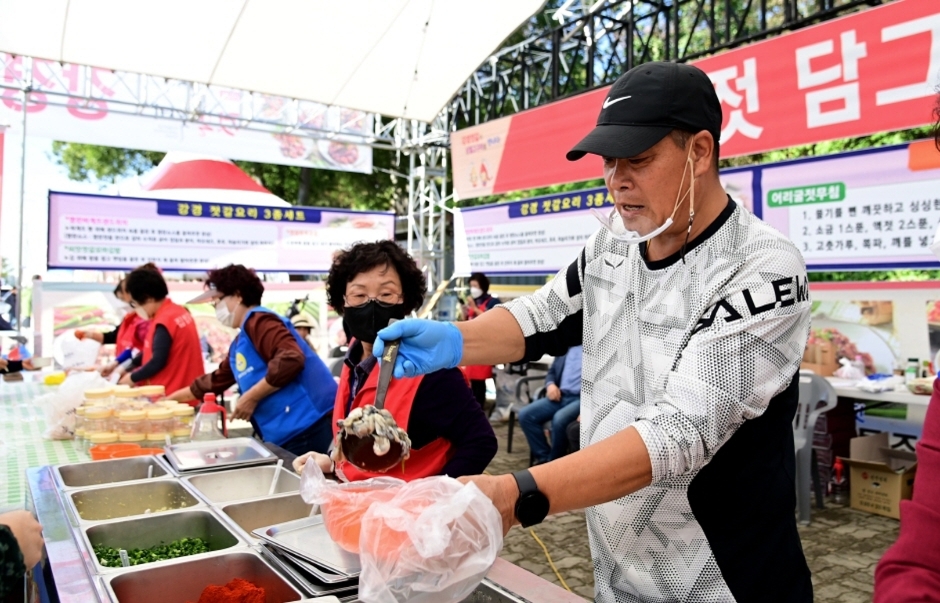
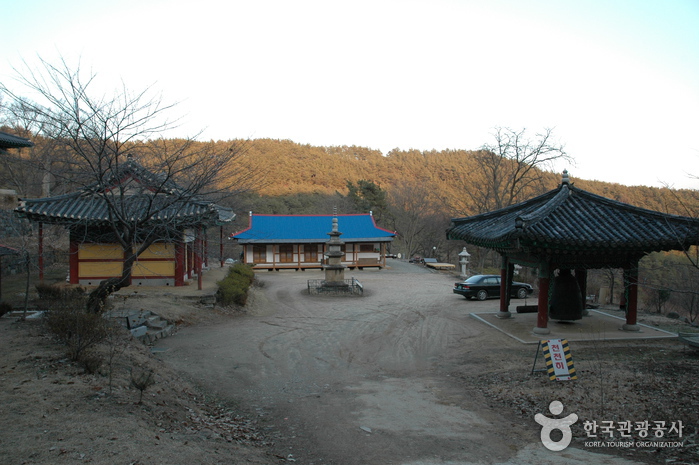

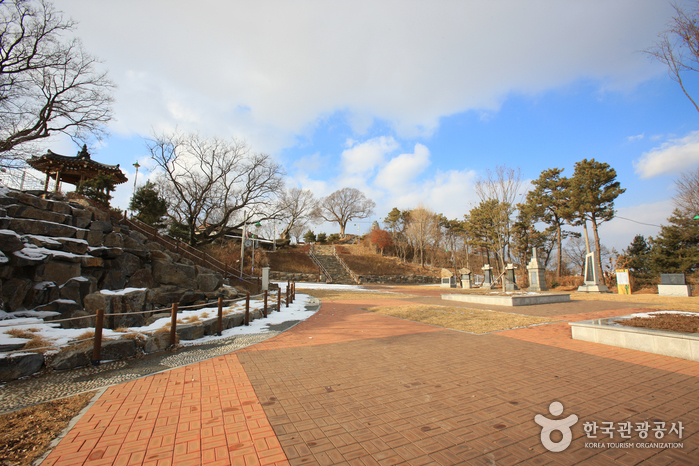
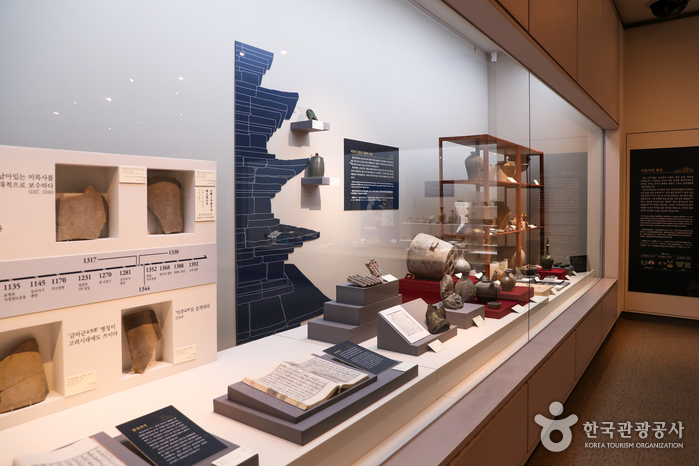
![Mireuksa Temple Site [UNESCO World Heritage] (익산 미륵사지 [유네스코 세계문화유산])](http://tong.visitkorea.or.kr/cms/resource/91/2514991_image2_1.jpg)
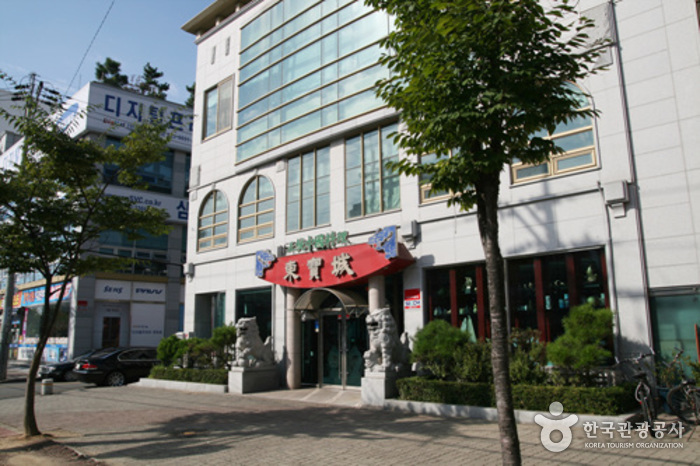
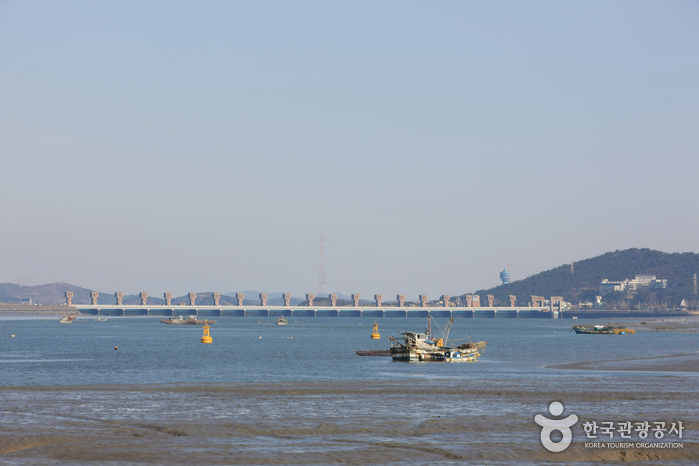
 English
English
 한국어
한국어 日本語
日本語 中文(简体)
中文(简体) Deutsch
Deutsch Français
Français Español
Español Русский
Русский